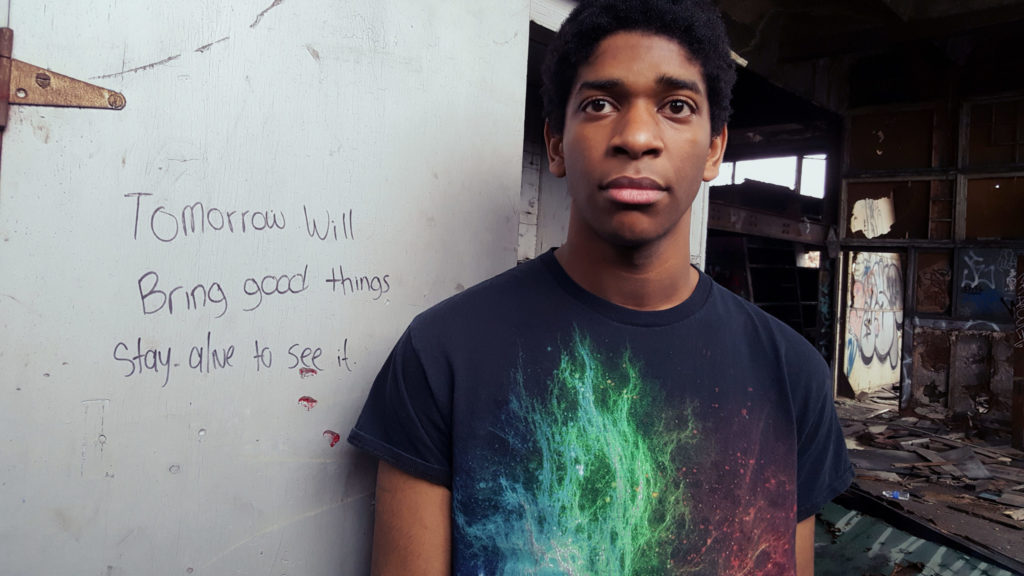Making Something Lawful Creates a Market for It
The Australian state of Victoria made it lawful to commit assisted suicide last year. The number of those who have killed themselves since “voluntary assisted dying” became legal is more than four times higher than the Victorian government had anticipated. Xavier Symons reports :
The Voluntary Assisted Dying Review Board’s first Report of Operations, released on Tuesday, provides information on how Victoria’s euthanasia legislation is being enacted, including details of how many people have been issued with a ‘VAD permit’, as well as information on some of the barriers preventing people from accessing the scheme.
According to the report, permits to access the lethal medication were issued to 70 patients between June 19, when the scheme first started, and December 31. Overall 52 patients ended their lives. This is high, considering the Victorian government had suggested that initial numbers would be as low as 12 in the first year.
When you make something lawful, you create a market for it. When you make something lawful, you create the basis for demand that did not previously exist. And when you make something lawful and create a new market for it, you also send the message that it is “right”.
We shouldn’t be creating a market for fatal drug overdoses. And we certainly shouldn’t be applying the truly dystopian phrase “voluntary dying” to acts of suicide—regardless of who ultimately administers the noose, so to speak.
One of the things that J.D. Vance chronicles in his 2018 book Hillbilly Elegy: A Memoir of a Family and Culture in Crisis, is the disastrous impact of freely available and lawful opioids. The response to the opioid crisis has been a push to punish the pharmaceutical companies responsible for flooding the market with highly addictive and fatal drugs and to make opioids much more difficult to obtain unless there is clear and demonstrable basis for their limited use in pursuit of healing and recovery. This is a sensible response to a legitimate social crisis.
Yet the same issue of death by overdose is treated differently in places that embrace suicide by physician—which always and everywhere requires a euphemistic public relations gloss like “voluntary dying” in order to become law. It’s a scandal that we act—through our own indifference to the moral content at the heart of the law—as if the mother in Appalachia is owed a greater measure of suicide prevention efforts than the mother in Victoria.
Activists pushing suicide by physician—suicide by overdose—are attempting to create what is ultimately a meaningless distinction between “planned” and “unplanned” suicides by the sick and other self-killings in order to valorize the former while still loosely pretending to stigmatize the latter.
